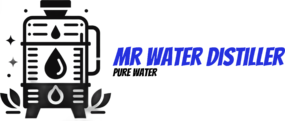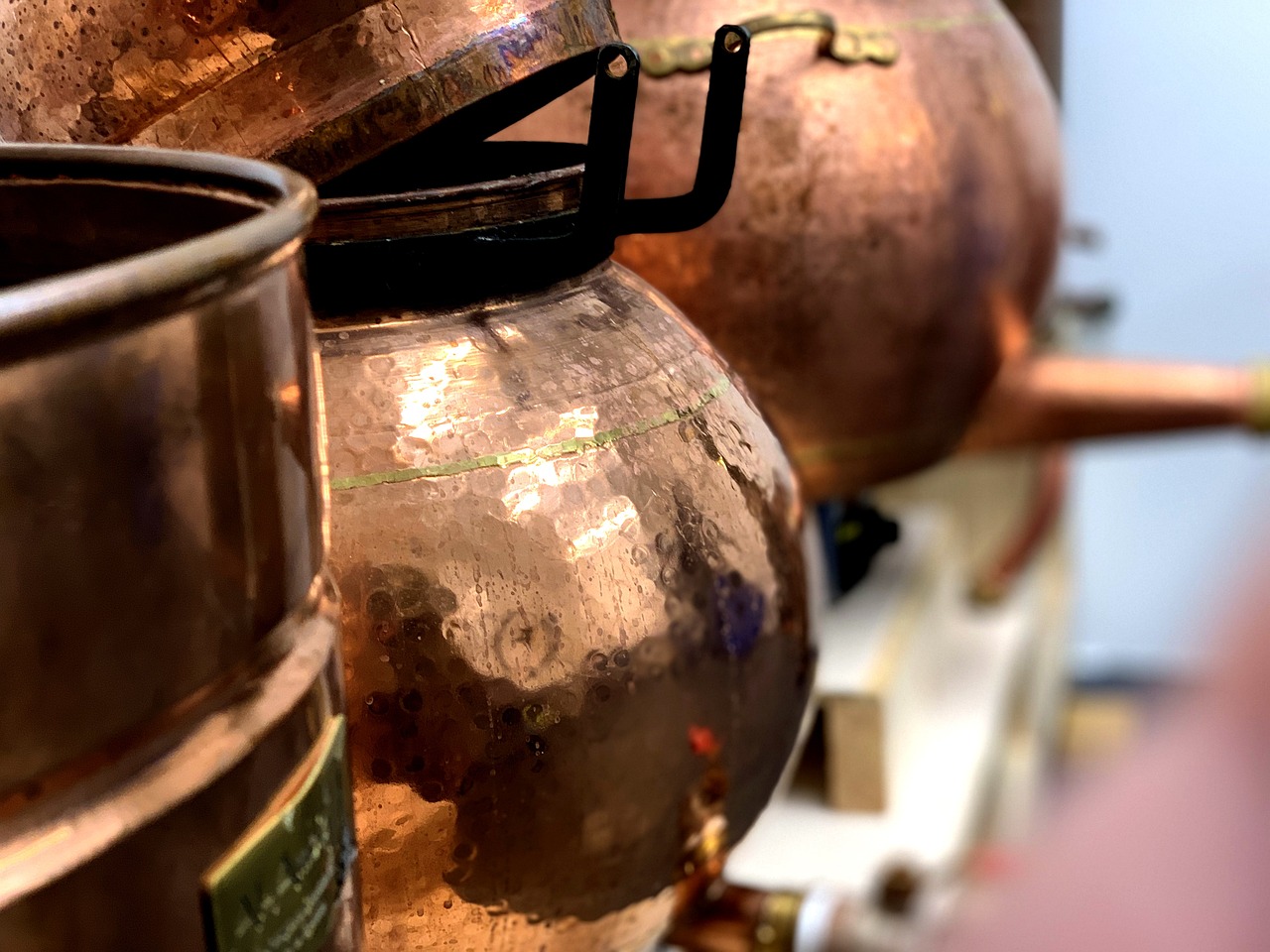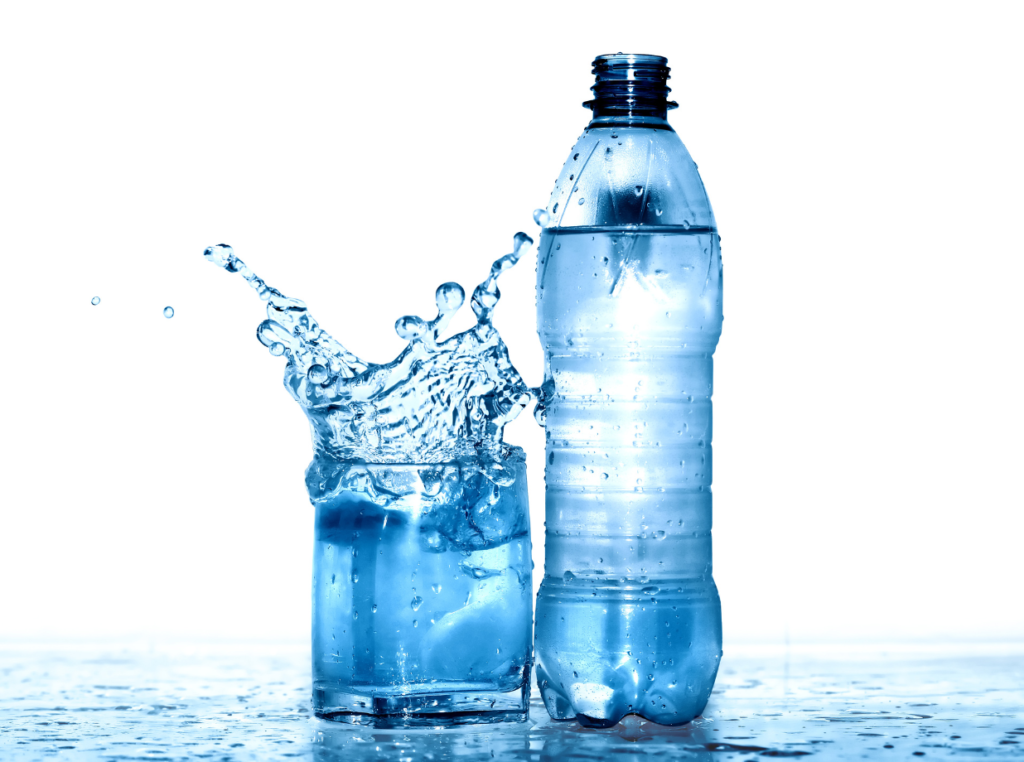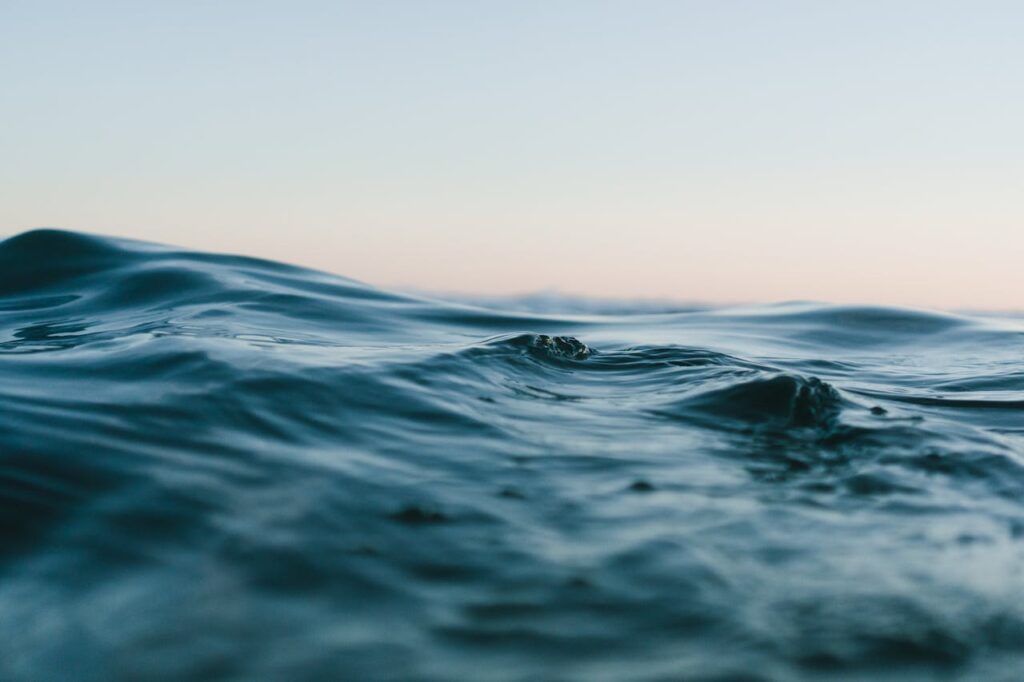Have you ever wondered about the quality of the water you’re drinking? In today’s world, ensuring that our water supply is free from impurities has become crucial. This is where a manual water distiller comes into play. By offering a reliable method to purify water, manual water distillers stand out as a practical solution. They promise not just cleaner water, but also numerous benefits that bolster both your health and your wallet.
“A manual water distiller transforms ordinary tap water into crystal-clear, contaminant-free water, ensuring every sip is as pure as possible.”
Curious about how a conventional-looking device can offer such incredible advantages? Let’s dive in and explore the many benefits that these handy gadgets bring to the table, making them an indispensable part of your daily routine.
What is a Manual Water Distiller?
Imagine having a reliable source of pure water in your home, free from the myriad contaminants that often find their way into our drinking supply. That’s what a manual water distiller offers. But what exactly is a manual water distiller, and how does it work?
At its core, a manual water distiller is a device designed to purify water through the process of distillation, relying on your hands-on operation rather than automated electric components. This means you’ll be more directly involved in the process, providing you with a more intimate understanding of how your water is being purified.
Manual water distillers are compact units typically made up of a boiling chamber, a condenser, and a collection container. The boiling chamber heats the water until it turns to steam, leaving impurities behind. The steam then travels through the condenser, where it cools and returns to liquid form, dripping into the collection container as clean, distilled water.
Manual water distillers can remove up to 99.9% of contaminants
Benefit #1: Unparalleled Water Purity
With a manual water distiller, you can achieve a level of water purity that is nearly unmatched by other purification methods. This process eliminates up to 98% of impurities including sediment, metals, and biological contaminants like bacteria and viruses. By boiling water and then condensing the steam back into liquid form, distillation effectively separates water from potential toxins and pollutants. This ensures that what you pour into your glass is as clean and safe as possible. Not only does this make your drinking water safer, but it also enhances the clarity and taste.
Benefit #2: Cost-Effectiveness in the Long
While the initial investment in a manual water distiller can seem substantial, it’s important to consider the long-term savings. One of the most appealing aspects is its ability to significantly reduce or even eliminate the need to purchase bottled water. Over time, this can represent substantial savings, especially for families or businesses with high water consumption levels.
Additionally, the operational costs of a manual water distiller are relatively low once the unit is up and running. Unlike other systems like ultrafiltration which might incur ongoing maintenance expenses, a manual distiller primarily relies on natural processes, keeping costs minimal. Plus, many contemporary distillers are designed with improved efficiency in mind, meaning less energy consumption and further savings on utility bills.
Another key point is the durability and longevity of these units. With proper maintenance, a manual water distiller can serve you for many years, adding significant value over its lifespan. This durability extends the return on investment, making it a cost-effective solution for long-term water purification needs.
Benefit #3: Energy Independence
One major advantage of using a manual water distiller is the energy independence it offers. Unlike electric water distillers that rely on a consistent power supply, manual distillers can operate without electricity. This is especially beneficial in areas with unreliable power grids or during emergency situations, ensuring that you always have a source of clean drinking water.
Manual water distillers are designed to be robust and simple enough to use almost anywhere. They often rely on alternative heat sources like gas stoves or campfires, offering flexibility and autonomy ideal for off-grid living or outdoor adventures. This versatility makes them an excellent choice not just for regular home use, but also for camping trips, survival kits, and remote locations.
Additionally, because you’re not drawing from the electrical grid, the operational costs can be significantly lower in the long run. No need to worry about electric bills spiking due to your distiller—any fuel you use is within your control, contributing to a more sustainable and cost-effective operation. It also means fewer surprises in your utility costs, giving you better budget predictability.
Benefit #4: Portability and Versatility
When you think of a water distiller, portability might not be the first thing that comes to mind. However, manual water distillers are designed with mobility in mind. Imagine taking clean, distilled water with you on a camping trip or ensuring your family has access to safe water during emergencies. These distillers don’t require a fixed installation location; you can set them up anywhere you have access to a heat source.
Versatility is another feather in the cap of manual water distillers. Whether you need distilled water for your home, office, or even on the go, these devices fit the bill. They serve a wide range of applications, including drinking, cooking, and even in scientific labs where pure water is essential. Some models are even equipped with multiple boiling chambers, allowing you to distill greater quantities of water at once, making them suitable for both small and large-scale needs.
Benefit #5: Simplicity and Reliability
There’s something to be said for the elegance of simplicity. Manual water distillers are straightforward devices that require no intricate installation process. You simply set up the unit and start distilling water. This makes them particularly user-friendly, especially for those who may not be technically inclined or who wish to avoid the hassle of more complex systems.
When it comes to reliability, manual water distillers shine. Because they don’t rely on electronics, there’s less likelihood of mechanical failure. This dependable performance ensures a consistent supply of pure, distilled water without frequent maintenance or unexpected breakdowns. Plus, the uncomplicated design means fewer parts to wear out or replace over time, translating to a long-lasting, durable solution for your water purification needs.
The Benefits of Using a Non-Electric Water Distiller
Benefit #6: Health and Wellness Boost
With a manual water distiller, you’re not just ensuring cleaner water; you’re also promoting overall well-being. Drinking distilled water means you’re avoiding numerous contaminants that could adversely impact your health, including heavy metals, chemicals, and microorganisms. These substances, often present in untreated or poorly filtered water, can lead to various health issues ranging from gastrointestinal problems to more severe conditions.
Moreover, distilled water is devoid of impurities that may disrupt your body’s natural processes. By providing your body with clean, pure water, you’re aiding in better digestion, improved kidney function, and enhanced skin health. Additionally, it’s a known fact that drinking pure water can support a healthier immune system, giving you an extra layer of defense against everyday illnesses.
Benefit #7: Environmental Impact
Using a manual water distiller can significantly impact the environment positively. By choosing a manual over an electric distiller, you reduce your reliance on electricity, which in turn diminishes your carbon footprint. This eco-friendliness is further underscored by the lack of wastewater generation, unlike many other purification methods. With a manual water distiller, you only produce clean, distilled water.
Additionally, manual water distillers often have fewer moving parts and simpler designs, resulting in less frequent maintenance and a longer lifespan. This durability not only saves you money but also reduces the frequency of replacing the appliance, thereby decreasing the waste associated with household appliances.
Conclusion
The benefits of investing in a manual water distiller are numerous and impactful. Not only does it provide you with pure, clean water, free from contaminants and harmful substances, but it also proves to be cost-effective in the long run. With zero installation required, these distillers can be set up and used immediately, making them extremely user-friendly. Their high output ensures that you have a reliable source of distilled water, whether for drinking, cooking, or other household uses.
Moreover, the versatility of a manual water distiller means that it can be used in a wide range of settings – from homes and offices to outdoor activities and emergency situations. Given the increasing concerns over water quality and safety, having a manual distiller offers peace of mind. You no longer need to rely on bottled water or worry about the contaminants present in your tap water.
In conclusion, the manual water distiller is an essential tool for ensuring you and your loved ones have access to safe, high-quality water. Its ease of use, cost-efficiency, and broad applicability make it a wise investment for every household.
Frequently Asked Questions
Got questions about manual water distillers? You’re not alone. As more people become aware of the importance of clean, pure water, manual water distillers are gaining attention. To help you understand their benefits and functionality, we’ve compiled a list of the most frequently asked questions. Dive in to find the answers you’re looking for and see why a manual water distiller might be the perfect addition to your home!
How does a manual water distiller improve water quality?
A manual water distiller enhances water quality by utilizing the simple, yet highly effective process of distillation. Here’s how it works: Water is heated until it boils and turns into steam. This steam then rises, leaving behind contaminants, such as bacteria, viruses, heavy metals, and other impurities. As the steam cools, it condenses back into liquid form, resulting in pure, distilled water.
One of the key benefits of this method is its ability to remove a wide range of contaminants. Unlike many other water purification systems that might only filter out specific types of impurities, distillation is remarkably comprehensive. It can effectively eliminate substances such as fluoride, lead, dissolved salts, and organic compounds. Even microscopic pathogens that other filtration methods might miss are removed during the distillation process.
Moreover, because a manual water distiller doesn’t rely on electricity, it provides a dependable option in any situation, whether you’re off the grid or facing a power outage. The absence of electrical components also means there are fewer potential points of failure, increasing the reliability of your water purification system.
Why should I choose a manual water distiller over an electric one?
Choosing between a manual and an electric water distiller can feel like a tough decision, but let’s break down why a manual water distiller might be your best choice.
First and foremost, the allure of energy independence: Unlike its electric counterpart, a manual water distiller doesn’t rely on electricity. This is particularly beneficial during power outages or in off-grid scenarios where access to electricity is limited or nonexistent. Imagine camping in the wilderness or enduring a blackout at home—you’ll still have access to clean, distilled water.
Another compelling reason is cost-effectiveness: Manual water distillers generally require a smaller initial investment compared to electric models. Plus, you won’t face any ongoing electricity costs, making it a budget-friendly choice in the long run.
Portability: A manual water distiller is often lighter and more compact. This makes it easy to transport, whether you’re moving it around the house, taking it on a trip, or even using it in a small apartment or office. Flexibility like this can be a game-changer for many users.
Then there’s the aspect of longevity and reliability: Mechanical devices are typically simpler, with fewer components that can wear out or fail. An electric water distiller has parts that are subject to electrical or electronic failures, whereas manual systems boast a more straightforward, durable design.
Enhanced user control: Using a manual distiller might involve a bit more effort, but it gives you full control over the distillation process. This can result in a more satisfying and hands-on experience, especially if you’re passionate about ensuring the purest water quality for your household.
What contaminants can a manual water distiller remove?
When it comes to purifying your drinking water, a manual water distiller is incredibly effective. It can remove a broad range of contaminants, ensuring your water is as pure as possible. Here’s a closer look at what it can eliminate:
- Heavy Metals: Say goodbye to harmful heavy metals like lead, mercury, and arsenic. Distillation effectively removes these dangerous elements, protecting your health.
- Inorganic Compounds: Elements such as iron and sodium are also filtered out, leaving cleaner and safer water.
- Microorganisms: Bacteria and viruses don’t stand a chance against the distillation process, which ensures that your water is free from pathogenic threats.
- Organic Compounds and Biological Contaminants: From nitrates to pesticides, a water distiller eliminates a slew of hazardous substances. Even biological contaminants like algae are rendered harmless.
- Dissolved Solids: Whether it’s salts or other dissolved minerals, distillation removes up to 99.5% of impurities.
- Volatile Organic Compounds (VOCs): When combined with activated carbon filtration, a water distiller can also tackle arsenic, benzene, and radon, further ensuring your safety.
- Fluoride and Chlorine: These common water additives, which can be harmful in large quantities, are effectively eliminated by the distillation process.
Is distilled water from a manual distiller safe to drink?
Definitely! Distilled water from a manual distiller is safe to drink and offers unparalleled purity. During the distillation process, water is boiled until it becomes steam. This steam is then condensed back into liquid form, leaving behind any impurities such as bacteria, viruses, heavy metals, and salts.
Each drop of distilled water you consume from a manual distiller is free from contaminants, making it an excellent choice for your hydration needs. Given that our bodies primarily obtain essential minerals from food rather than water, the lack of minerals in distilled water is not harmful. On the contrary, it ensures you’re not ingesting any potentially harmful substances present in untreated water.
Many health-conscious individuals prefer distilled water for its purity and the peace of mind it provides. Whether you use it for drinking, cooking, or even in your Neti pot, you can be confident that distilled water from a manual distiller is safe and beneficial for your overall health and wellness.



